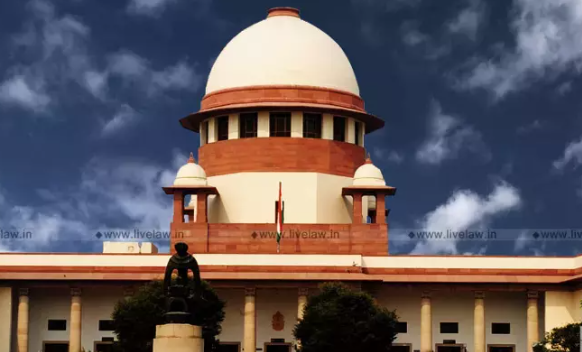Supreme Court Allows Review Of ‘Shamlat Deh’ Judgment
The Supreme Court of India approved a change to the Punjab Village Common Lands (Regulation) Act, 1961, in 2022. This change lets gram panchayats take care of shamlat deh, or village common land. But in May 2023, a Bench of Justices B R Gavai and Sandeep Mehta overturned this decision, saying that the first one didn’t take the Constitution Bench’s decision in Bhagat Ram vs. State of Punjab (1967) seriously enough.
What is Shamlat Deh?
Shamlat deh is land that is shared by many people in a town so that it can be used by everyone. The gram panchayat (village government) is in charge of it and it helps with things like grazing, forestry, and village paths.
The 1992 Amendment and Punjab Act
When the Punjab Act was changed in 1992, shamlat deh became something else. It said that these lands should be used for village reasons and should be managed by the gram panchayats.
Bhagat Ram Case: Key Precedent
In the 1967 Bhagat Ram decision, the Supreme Court looked at whether taking money from land set aside for the community and giving it to a panchayat violated the rights of landowners. The court said that the benefits of the plan should not go against constitutional protections for land acquisition. This decision made it clear that land taken over by the government must be paid for properly.
Controversy and High Court’s Interpretation
The Punjab & Haryana High Court ruled in favour of landowners in Jai Singh vs. State of Haryana (2003), saying that land that wasn’t specifically set aside under a consolidation plan couldn’t be managed by the panchayat without paying the landowners. This was similar to the reasoning used in Bhagat Ram.
More About Shamlat deh land
- Ownership by a group of people: “Shamlat deh land” is community land in rural India, mostly in the state of Punjab. The people in the village own these lands together and use them for shared things.
- Traditional Uses: In the past, Shamlat deh lands were used for things like letting animals graze, gathering firewood, and holding community events. These places were very important to the daily lives and survival of people who lived in rural areas.
- Encroachment and Privatization: Over time, some Shamlat deh land has been taken over by private people or encroached upon. People in the village have often gone to court over this change, both with each other and with private companies.
- State Laws: Laws that are specific to each state affect how the Shamlat deh land is managed and distributed. These rules are different in each state, which changes how these lands are managed and given out.
- Ecological Balance: Shamlat deh lands are important for keeping the ecological balance in rural places. They give local wildlife important supplies and places to live, and they also help keep the environment healthy in the area.
- Village Economies: These shared lands help village economies by giving farmers and herders the tools they need to do their jobs. Village panchayats usually take care of these lands, and rules were made after India got its independence to control how they are used and settle disputes.
Month: Current Affairs - May, 2024
Category: Legal & Constitution Current Affairs








